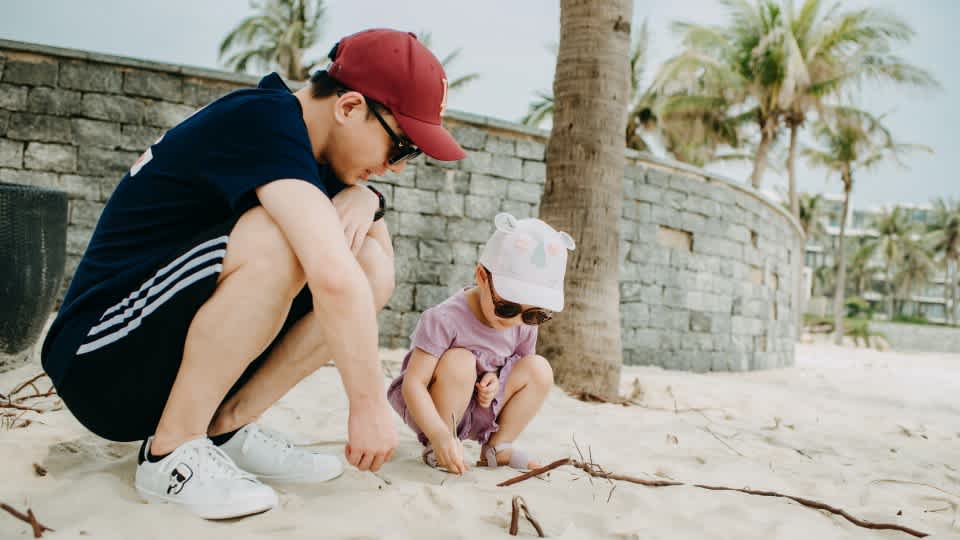
Four everyday learning activities to spark discovery
As children, our brains are like big sponges—soaking in colors, sights, sounds, and feelings from the world around us. In Wonder Years, our exhibit about early childhood development, people of all ages can experience what it’s like in those early years by playing and learning as kids do.
If you’re a parent or caregiver, you might know that it can feel tough to keep up with a child’s ever-expanding mind. Alongside the sponsor of Wonder Years, PNC Bank, we’re offering simple tips to spark imagination and turn any excursion into a learning adventure.
Read on to find activities that kids of all ages can try.

Dig around in nature
Explore what’s in your backyard by giving your child a small area to dig in the dirt. Use a small shovel or gardening tool to move the dirt around. Look for plants, rocks, insects, seeds, and anything else you can find. Once they have found a few items, talk about them.
Ask your child:
What shape is it?
What color is it?
What does it do? Or what is it used for?

Play with shadows
On a sunny day, go outside and have your child find their shadow. Ask: What makes a shadow? Explore the shape of their shadow by moving around. Trace their shadow using sidewalk chalk. Go back and check the place where you traced their shadow later in the day. Have your child go back and stand in the same place.
Ask your child:
Can they fit their shadow into the same outline?
Did the shadow change?

Dive into history at home
No matter the weather, there’s so much to learn at home. Take a page out of a museum conservator’s book by preserving special household items together with your child. Gather a handful of items that are special to your child and ask them what they like about each item. Then, use our handy guide to learn how to preserve them.
Ask your child:
What is this object? Tell me about it!
How do you use it? Or what is it used for?

Test with textures
Children like to feel things that have texture. Cut letters, shapes, or numbers out of a textured material, such as sandpaper, bubble wrap, or felt. Let your child run their fingers over the object, saying the name of the letter, shape, or number as they touch them. Glue the objects onto cardboard and keep them out where they can play with them.
Touching the objects will help your child:
Recognize the letter, number, or shape
Explore the way different objects feel
Need more tips? Head over to PNC’s Grow Up Great everyday learning opportunities section.